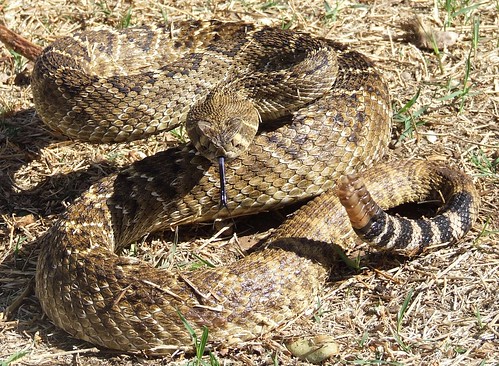Hello out there, all you mystery lovers and lovers of heroes. First I’d like to thank Anna Kathryn for inviting me to appear on her blog.
My name is Joan K. Maze, and I’m going to talk about my cozy series involving my lead character, Mollie Fenwick. The first book in the series is
Murder By Mistake, which is available from Red Rose Publishing. The second,
Murder For Kicks, is not yet out.
Mollie Fenwick is a thirty-something widow who acquired psychic abilities up;on her husband’s death. This has led her to have visions, including that of a murder in her apartment (
Murder By Mistake). In the second book,
Murder For Kicks, she views a kidnapping and becomes a target for a murderer.
Unable to ignore these visions, Mollie begins chasing down clues, finds murderers, and lands in a considerable amount of hot water.
Two heroes from
Murder By Mistake, who continue on in Murder For Kicks, are Detective Bradley Bartholomew and Native American Artist/ex-special forces Jack Wolf discuss Mollie and what they should do about here.
“I suppose you have the perfect solution.” Bartholomew glared at Wolf, his arms crossed. “You did a great job at the lake, letting her fall in the water and come close to drowning.”
“Yeah right,” Wolf said, a smirk on his face as he recalled the situation. Remembering the minnow caught in her bra, it took superhuman effort to keep from laughing out loud.
“I wasn’t there. She went on her own.”
Bartholomew relaxed his arms. “Yeah, she does that a lot.”
Wolf pointed a finger at Bartholomew. “If you’d answered the phone when she called about her former neighbor, she wouldn’t have gotten tied up and left in the woods. And don’t forget, you called me for help.”
Bartholomew rolled down Wolf’s passenger side window, letting in a blast of snow and wind. Unable to see much beyond the vehicle next to Wolf’s truck, he shut the window again.
“God knows what she’s gotten into this time.” Bartholomew checked his watch. “An hour late. She tell you where she was going?”
Wolf activated the wipers and peered through the windshield. “I’ve answered that three-four times already.” He shifted to face Bartholomew. “You could solve this real easy.”
“How?”
“She’s got the hots for you. A caveman tactic might work or, the knight on a white horse deal.”
“Uh huh, Wolf. I’m sure that independent woman would fight tooth and nail. If she didn’t do that, she’d start thinking about you before we got half a block away.”
“What in hell does that mean?” Wolf asked.
“I’ve seen her look at you.” Bartholomew blew out a breath. “You know what they say about two’s company, three’s a crowd.”
“Unh unh, not any more.” Wolf fiddled with the heat controls. “I think Jackson’s in on this now.”
“Shit,” Bartholomew said, thinking of all the times he’d assigned Jackson to guard Mollie, among other things. “When he went to the zoo with her she ended up in the dolphin pool.” He pointed at Wolf. “I thought you were going to help her get rid of this psychic crap.”
Wolf shook his head. “If she’d ignore them, they’d lessen. That’s the best I can do. You see her doing that?”
Bartholomew shrugged. “No.” Then he whooped. “There she is. This time I’m gonna get outta her what she’s been up to.”
Wolf laughed. “Wanna bet?”
~~~~~~~~~~~~~~~~~~~~~~~~~~~~~~~~~~~~~~~~~~~~~
Murder For Kicks, book 2 in the Mollie Fenwick Mystery Series
What’s next?
Work in Progress: I’m currently working on book 3 in the series,
Murder By Spook, where Mollie becomes intangled with the CIA.
Joan K. Maze
Writing as J. K. Maze
http://www.joanmaze.com/
Murder By Mistake, book 1 in the Mollie Fenwick Mystery Series, available from
Red Rose Publishing
Framed In Fear, romantic suspense set in Colorado, available from Red Rose Publishing
Murder For Kicks, book 2 in the Mollie Fenwick Mystery Series, coming soon















